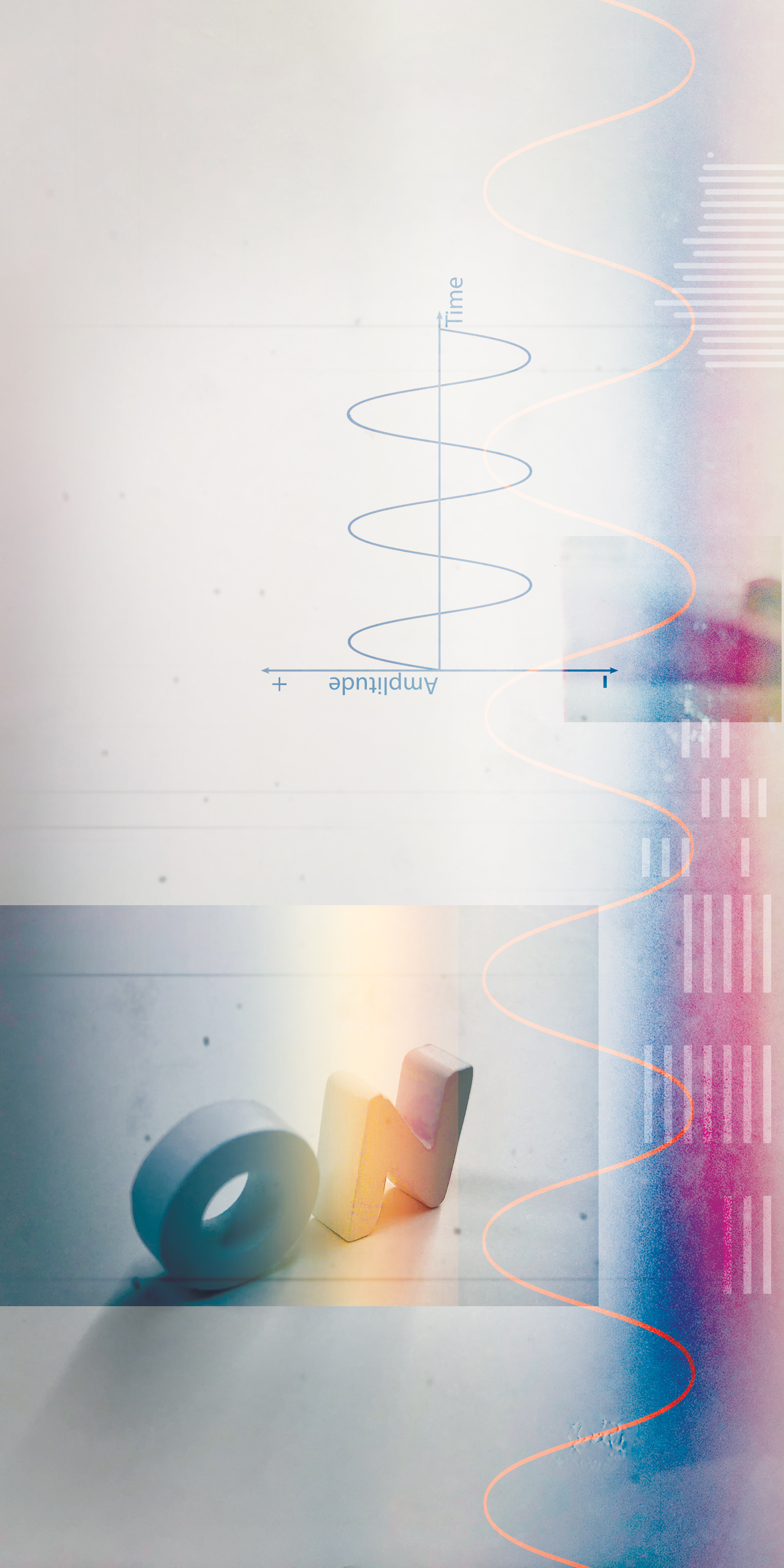Before delving into this review we should first clarify what is an EQ and what is a filter. EQ refers to tonal equalization with cuts or boosts of amplitude across the frequency spectrum. The most flexible form is parametric EQ, which provides frequency, bandwidth, and cut/boost controls. On the other hand, filters are cut-only devices that are intended to remove some portion of the frequency band, and are commonly seen as high-pass, low-pass, and band-pass. Generally speaking, filters have slopes of 12 to 20 dB per octave or higher, and there may be a resonance control to emphasize the audio frequency region close to the cutoff area. Filters act as a certain type of EQ and can be useful in recording and mixing applications.
This brings me to the 550 Series Hi-Lo Filters by Trident Audio Developments. It’s not just a filter, but a musical equalizing tool. It has a variable low pass filter with unity gain in the selected passband and a selectable (12 or 24 dB per octave) roll-off. The cutoff frequency can be set from 75 Hz to 24 kHz. On the other end of the spectrum, it utilizes a variable high pass filter with unity gain in the selected passband and selectable (12 dB or 24 dB per octave) roll-off. The cutoff frequency can be set manually, anywhere from 15 Hz to 16 kHz. Both Hi-Cut and Lo-Cut modes have Resonance controls that can be switched into the circuit to introduce a resonant peak at the selected cutoff frequency. The size of the peak is dependent on the selected frequency on the front panel.
With all of that said, what matters in the end is how the audio sounds, right? I used this on a number of sessions I was recording in my studio. I was mixing a Motorhead-type song, and I needed to get that gnarly Lemmy Kilmister bass tone. I was able to nail it by enabling the Lo-Cut frequencies removing the mid mud between 200 and 300 Hz and turning the Resonance knob right to the edge of cutoff. It was a bit reminiscent of UREI’s Little Dipper from 1970. That filter was originally designed for the film industry, which needed a tool to remove specific sonic artifacts and anomalies. I found the Hi-Lo much more useful than the Little Dipper in audio applications as it is more musical sounding. By enabling the Resonance controls and carefully sweeping the selected frequency, a sweet equalization tone can be achieved. I also found it useful on a voiceover track where there was some proximity effect resulting in a bassy, booming voice. I used the Hi-Lo on the voice via my Trident 24 with Hi-Lo patched into the insert/return and carefully removing the bass frequencies. I enabled the Lo-Cut section and cut the 100 to 200 Hz frequencies while sweeping the Resonance knob to find that sweet spot to eliminate the boom.
My overall impression of Trident’s Hi-Lo Filters is favorable. For certain applications I like it better than traditional EQ and find it extremely useful for many mixing projects.




_disp_horizontal_bw.jpg)